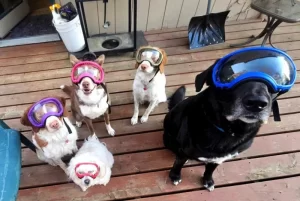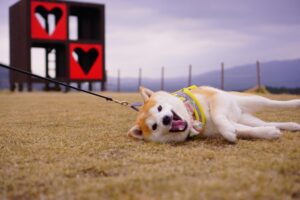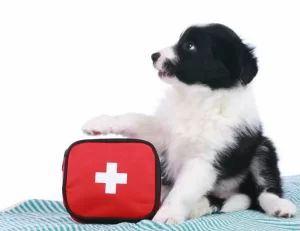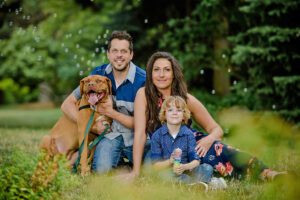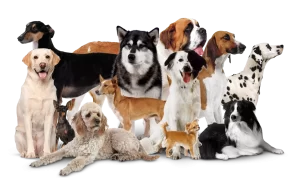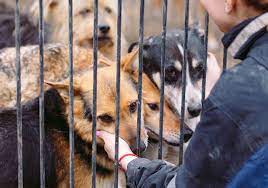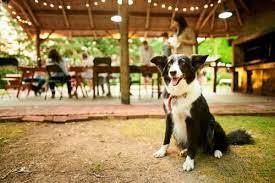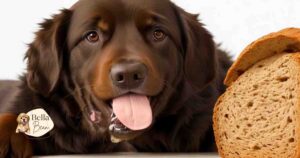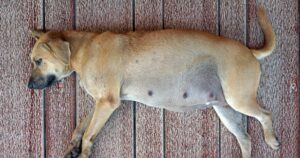Bringing home a new puppy while juggling a busy work schedule can feel like spinning plates on a tightrope—exciting but tricky. Between zoom calls and puppy naps, the chaos can quickly pile up, leaving you stretched thin and dreaming of just a few extra minutes. Keeping your furry friend happy and healthy doesn’t have to mean sacrificing your sanity or work goals. In this post, you’ll find practical tips to keep both your puppy and your calendar in check with less stress and more wagging tails.
For those looking to keep their pups active and sharp amidst a packed day, exploring the Benefits of Agility Training for Dogs can be a great place to start. These strategies will help your new companion thrive while fitting right into your busy life.
Table of Contents
ToggleUnderstanding Your New Pup’s Needs
Welcoming a new puppy into your busy life means understanding their basic needs and juggling them with your work hours. Puppies are like little energy balls with stomachs and brains that need constant care, but you don’t have to rearrange your whole day. With a bit of planning, you can manage their feeding, exercise, and rest without losing your mind or missing deadlines. Let’s break it down into manageable chunks that fit right into your schedule.
Feeding Schedule That Fits Your Day
A puppy’s digestive system is still developing, so feeding them the right way sets the foundation for health and happiness. Generally, puppies need to eat three to four small meals a day, depending on their age and breed. But how do you make that work when your day is packed?
- Choose fixed meal times that align with your breaks: early morning before work, midday around lunch, and early evening after work.
- Use a slow feeder bowl or puzzle feeder to keep your pup busy if you need to stretch mealtime.
- Prep meals in advance or pick high-quality kibble that supports growth.
For example, feeding your puppy at 7:30 AM, 12:30 PM, and 5:30 PM divides the day nicely and keeps your pup’s hunger on a predictable clock. This routine helps regulate their bathroom breaks too.
Expert advice and feeding guides like this puppy feeding schedule can help you find the perfect fit.
Exercise and Playtime Strategies
Puppies burst with energy, especially when they’re exploring their new world. Short bursts of exercise and play are vital for their muscles and minds. You don’t need hours of free time—just 10 to 15 minutes sprinkled throughout the day can work wonders.
Try these quick ideas during breaks or right after work:
- Tug-of-war or fetch for 10 minutes: Use a hallway or backyard for quick sprints.
- Puzzle toys or treat-dispensing games: These keep your pup occupied mentally and are perfect when you’re focused on work.
- Basic training sessions: Teach simple commands like sit, stay, or fetch in small chunks.
- Short neighborhood walks: Even a 10-minute walk lets your puppy explore and expend energy safely.
Engaging their brain with games is just as important as burning energy. It helps curb boredom and prevents destructive behavior. Learn more about fun puppy activities in the Puppy Exercise & Activities guide.

Photo by Sam Lion
The Importance of Naptime
Like toddlers, puppies need plenty of naps to recharge. Their brains grow rapidly, and sleep is as crucial as food and play. During the day, a puppy can snooze anywhere from 18 to 20 hours!
Helping your puppy nap while you work means setting up a cozy, quiet spot where they feel safe. Here are some tips to encourage peaceful puppy rest:
- Create a comfy crate or bed area with familiar toys and soft blankets.
- Put the crate near your workspace so they feel connected but aren’t distractions.
- Use calming scents or white noise machines to drown out sudden sounds.
- Offer chew toys or stuffed kongs before naptime to keep them gently engaged.
- Don’t wake your puppy prematurely; let them nap in chunks to recharge fully.
Keeping your pup rested means fewer naps on your keyboard and more focus for you throughout the workday. For more tips on managing puppy naps while working, check out this advice on balancing a puppy in a busy schedule.
Managing your new puppy’s feeding, exercise, and naps doesn’t have to throw your workday into chaos. With simple routines and smart tweaks, you and your pup can thrive—even on the busiest days.
Creating a Puppy-Proof and Efficient Home Setup
Setting up your home for a new pup can feel like preparing a tiny kingdom where rules meet comfort. This space becomes their basecamp—a place to rest, play, and explore safely while you keep your work hat on. A smart environment lowers your stress, keeps your belongings intact, and helps your puppy feel secure and happy. Let’s break down how to carve out this paw-friendly spot that fits your busy life.
Designing a Cozy Puppy Corner
Your puppy’s corner should be their sanctuary, a snug nook that signals “all is well here.” Pick a quiet spot away from heavy foot traffic and noisy appliances. Use soft bedding and add some favorite toys to keep them busy when you’re focused on work.
- Essentials to include: Comfortable bed, water bowl, and a stash of toys
- Keep chewable toys and interactive ones nearby for engagement
- Use baby gates to fence the area gently and contain the puppy without feeling confined
- Place the corner near your workspace if possible, so your pup feels nearby but isn’t distracting
This dedicated zone reduces interruptions during work and calms your puppy’s budding curiosity. If you want to go a step further, check out tips on making your house safe for dogs to avoid any surprise disasters.

Photo by Polina Tankilevitch
Using Crate Training for Structure
Crate training serves as a win-win that offers a secure retreat for your puppy and peace of mind for you. Think of it as their personal cabin—limitless for naps and quiet time but not a time-out spot.
- Helps with potty training and managing puppy energy bursts
- Creates a safe space that your pup associates with rest and comfort
- Prevents destructive behavior when you’re not able to supervise
- Supports easier traveling and vet visits by getting your pup comfortable in confined spaces
Start gradually by feeding meals inside the crate and leaving the door open to encourage exploration. Praise and treats make it a happy place, never a punishment spot. Tailored advice on crate training can be found in how to train a German Shepherd Husky mix puppy, which covers crate tactics that work for high-energy breeds.
Smart Toy Choices for Busy Owners
Toys are your silent work partners when you’re juggling deadlines and puppy demands. Choose toys that keep your dog’s brain and jaws busy, helping reduce restlessness and distracting behaviors.
Great options to consider:
- Puzzle toys: Hide treats inside for mental workouts that last. These occupy your puppy’s mind and slow down fast eaters.
- Chew toys: Durable rubber or nylon chews satisfy the urge to gnaw and protect your furniture.
- Interactive balls: Automatic or slow-rolling balls keep playtime lively even when you can only glance up occasionally.
- Kong toys: Fill them with peanut butter or special treats for long-lasting entertainment and dental health benefits.
Investing in smart toys gives your puppy a meaningful activity while you focus on work, cutting down on noisy interruptions without extra effort. For more ideas on keeping pups entertained, see Tips for training German Shepherd Husky puppies.
With these setups, you create not just a safe space but a calm and efficient home where work and puppy life go paw in hand.

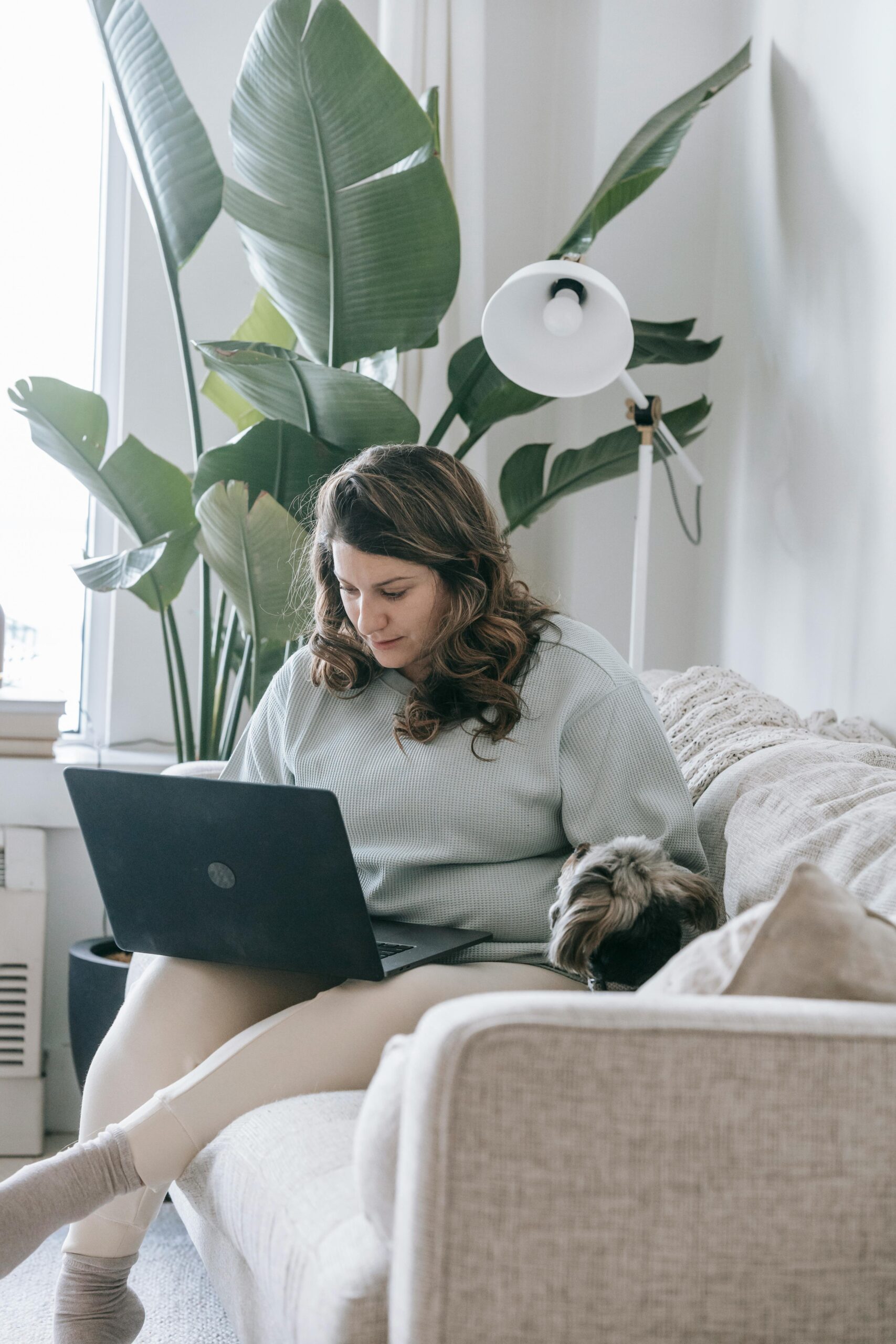
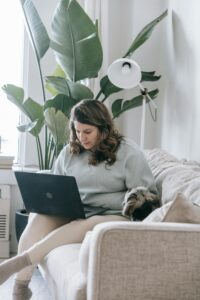
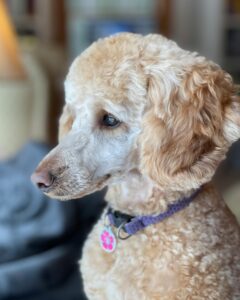
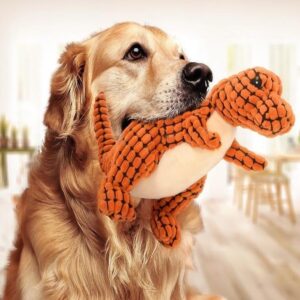
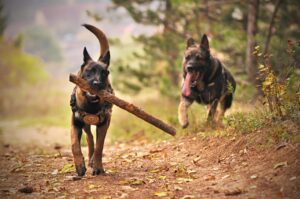



![The Ultimate Guide to Road Tripping with Your Dog [2025 Update]](https://bellabeanupdate.com/wp-content/uploads/2025/05/pexels-photo-1143369-300x209.jpeg)

